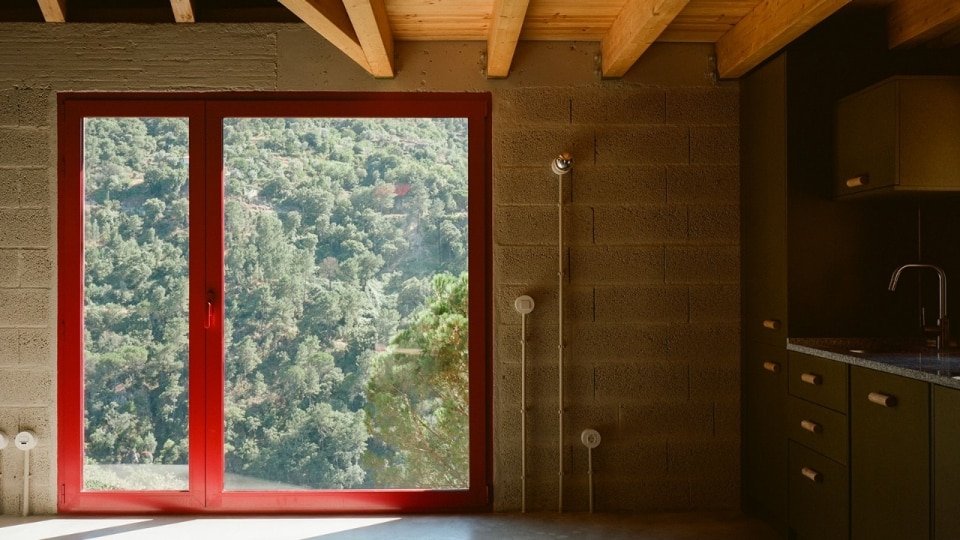The first experiments with reinforced concrete date back to the second half of the 19th century, when the French gardener Joseph Monier (1823-1906) submitted the first patent for the construction of vases and containers made of cement supported by wire mesh. These were followed by pipes, stairs, tanks, flat and curved slabs, to which Monier tried to apply prefabrication techniques in order to make their production faster and cheaper. In 1905, it was the English engineer John Alexander Brodie who developed prefabricated panels for the construction of low-cost houses, which were presented for the first time at the Cheap Cottages Exhibition in Letchworth.

But we have to wait until after the Second World War to see the massive use of this construction system. “Flying Panels – How Concrete Panels Changed the World” analyses this story, which is specific but fundamental in the development of the architectural discipline and that of our cities. The exhibition curated by Pedro Ignacio Alonso and Hugo Palmarola creates parallel narratives and shows the different specificities of a building process used in more than 70 different countries and which since the 1950s has had a huge impact on the collective urban imagination.
Dal 18 ottobre 2019, al museo ArkDes di Stoccolma saranno esposte oltre 60 maquette con sistemi modulari da sei continenti, un grande modello in scala 1:5 che rappresenta uno dei pannelli più diffusi al mondo, oltre a film, poster, animazioni e dipinti originali. Si racconterà un periodo di grande ottimismo per la civiltà occidentale, in cui centinaia di gru facevano “volare” questi elementi prefabbricati e il paesaggio urbano cambiava senza sosta.
- Exhibition:
- Flying Panels – How Concrete Panels Changed the World
- Curated by:
- Pedro Ignacio Alonso e Hugo Palmarola
- Curator at ArkDes:
- Carlos Mínguez Carrasco
- Exhibition dates:
- 18 October 2019 – 1 March 2020
- Venue:
- ArkDes
- Address:
- Exercisplan 4, Stockholm

Sense by MACO: connected and secure home
Sense by MACO connects windows, doors, and sliding systems to the smart home through compact and discreet wireless sensors available in different versions.


















